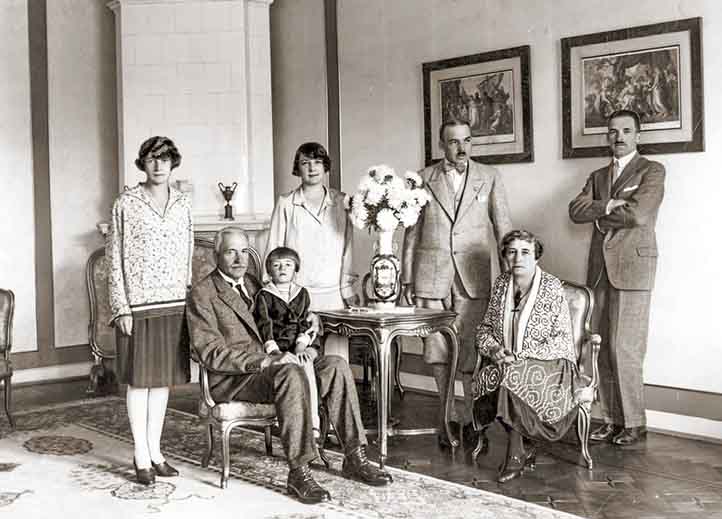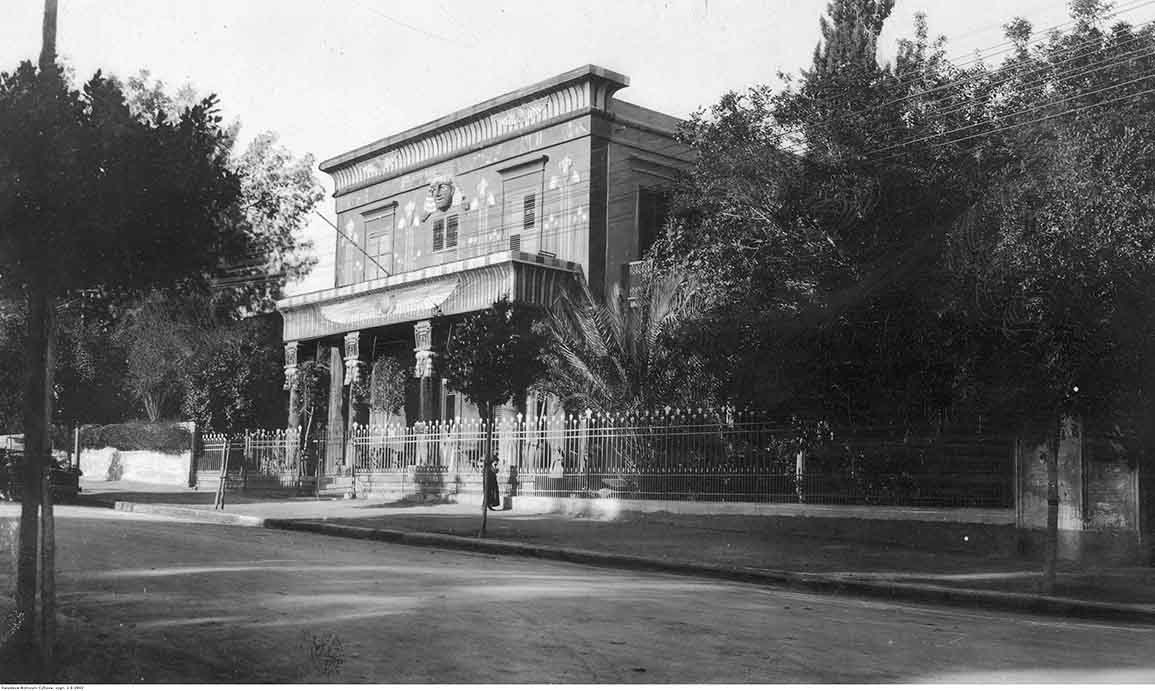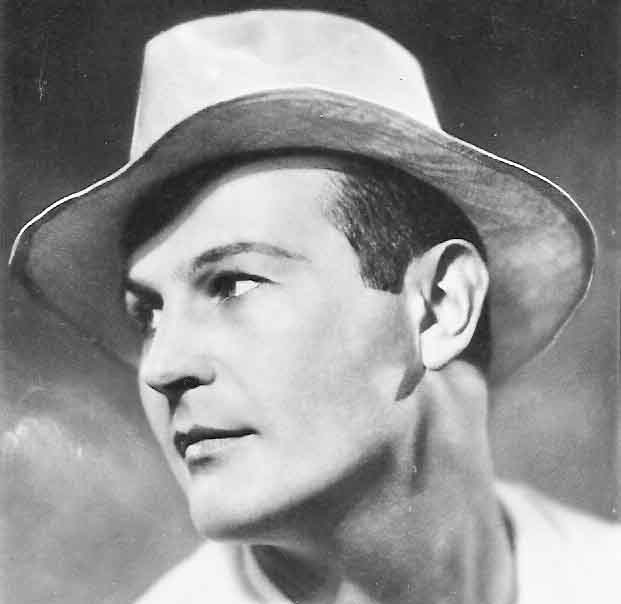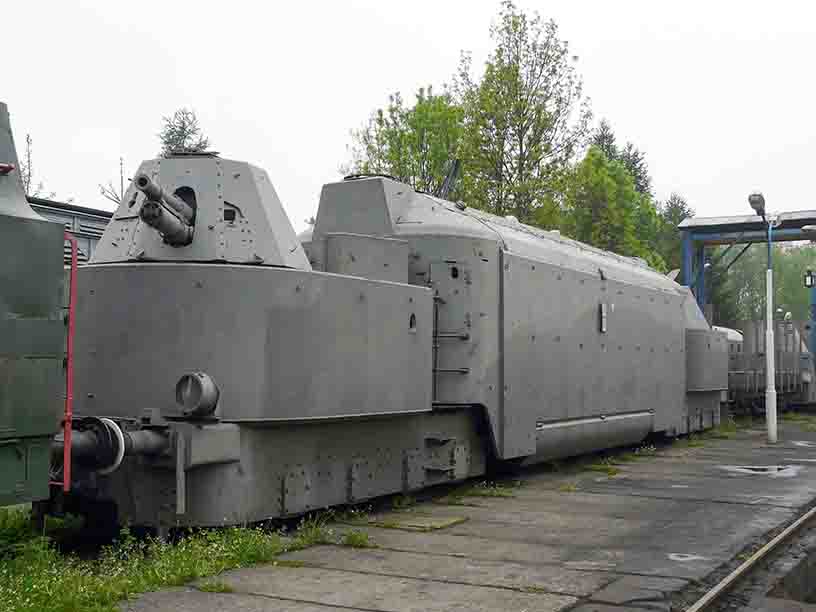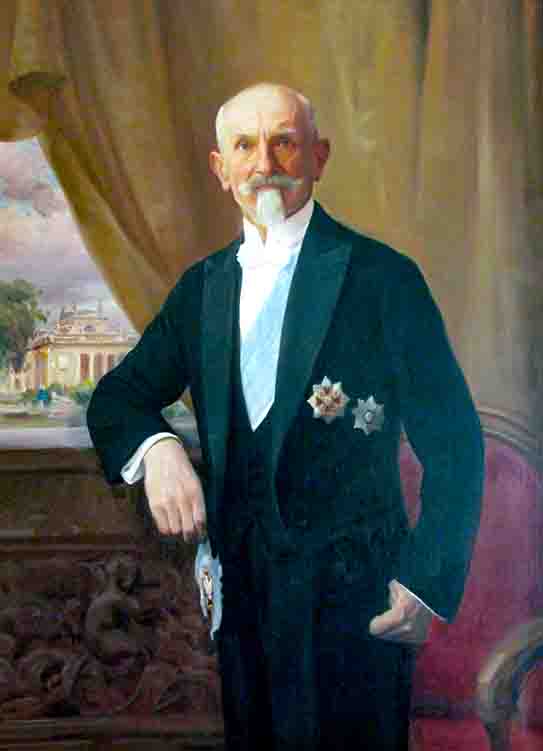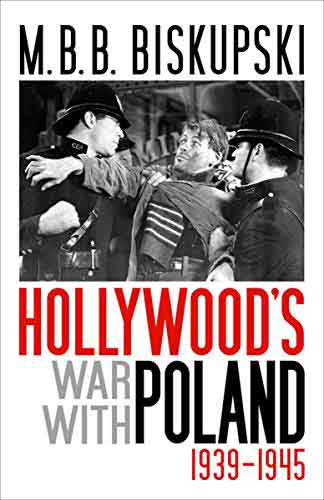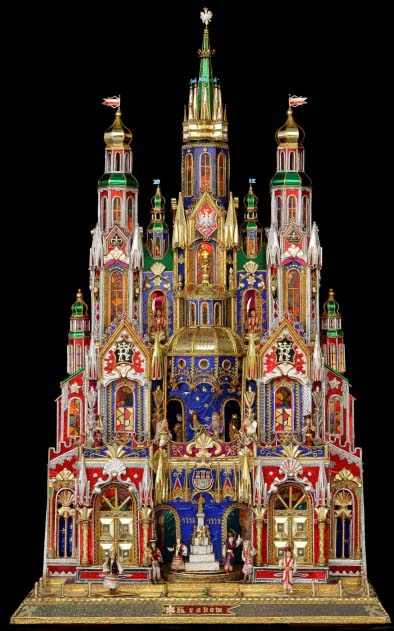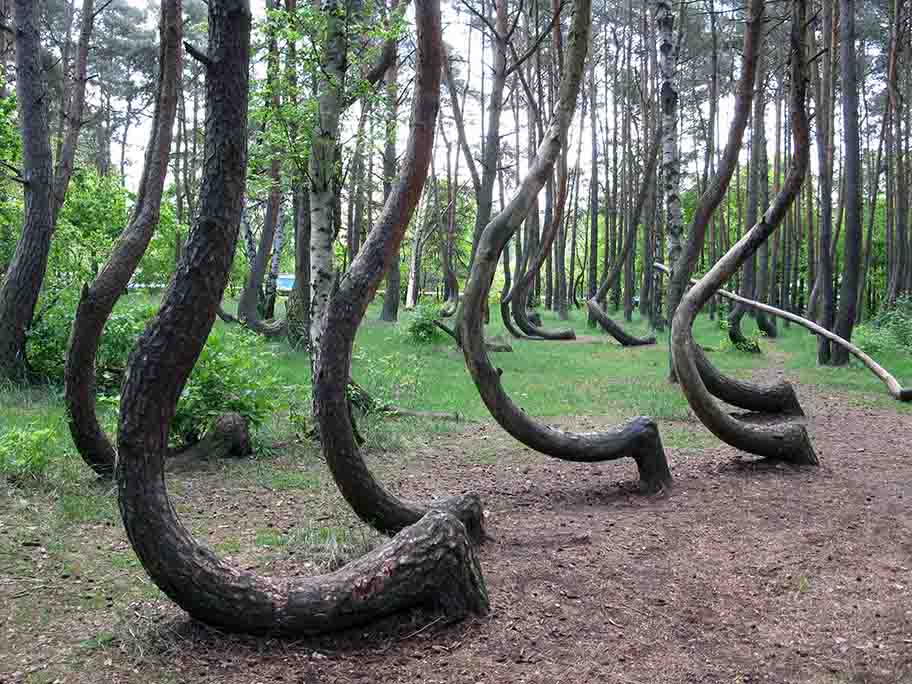When Poland regained its independence after 123 years of partitions, it developed in every respect, especially in the cultural area. This fact was noticed in Warsaw, which from moment to moment was becoming a real European capital. During the celebration of the New Year, balls were held here, which attracted guests from all over the country, which raised the rank of our capital.
Great Fun
Each such New Year's event guaranteed great fun and, most importantly, tightened mutual relations and social connections. During the New Year's parties, young brides should get to know their future husband, and the couples already going steady completed their engagement at these balls. The balls of the diplomatic spheres were also of great political importance. The most important New Year's events were always reflected in the press of that time.
Association Balls
Various organizations, associations and unions successively organized their New Year's balls. Many of them were charitable and philanthropic. In the interwar period, the Lantern Society for the Blind Victims of War organized New Year's Eve balls under the auspices of Princess Teresa Sapieżyna at the Hotel Europejski in Warsaw. These balls concentrated the entire aristocracy of that time, not only those living in the capital.
The Fashion Ball
On the second day after the New Year's Ball, an exclusive Fashion Ball was held at the Hotel Europejski, during which the king and queen of this event were selected. They were the most beautifully dressed people during the aforementioned event. There was also a fundraiser at this ball for those most in need in the New Year. All Warsaw owners of Fashion Houses competed in preparing beautiful costumes for ladies, and it was the best advertising for them at the time.
At President Mościcki's
Extremely exclusive and wonderful parties took place at the then president Ignacy Mościcki and his wife Michalina at the Royal Castle in Warsaw. They were famous for their excellent cuisine. To emphasize the importance of our now free homeland, all the dishes served at this ball were necessarily made of Polish products. The table was served by waiters in epochal costumes referring to the Enlightenment.
No less prestigious balls were organized by the Ministry of Foreign Affairs at the Brühl Palace. The real hostess there was the wife of Minister Józef Beck, the beautiful and elegant Jadwiga, who took care of the menu, room decor and etiquette.
There were many charity events, which during the New Year were organized by the Academy of Fine Arts, where themed party costumes were obligatory. Mr. Jarosław Iwaszkiewicz came to one of these New Year's balls disguised as a pearl fisherman. Allegedly, he was all wrapped in a fishing net and... he wore nothing underneath.
The Invitation
The guests always received an elegantly designed invitation. Often, however, it was very laconic, as was the one of the Warsaw Medical Academy, inviting one to a... "Herring with Medics".
New Year's parties started around 10 p.m. and usually lasted until 4 a.m. The main attraction were, apart from traditional dances such as polonaise, mazurka or even waltz, modern dances such as shimmy, foxtrot, rumba. The music was often provided by two orchestras playing merry tunes in turns. When it comes to food, there was no shortage of hot soups, roast meat, and of course sweet pies.
The elegant balls have become a symbol of the colorful world of the interwar Polish capital and the beloved city of Poles, lost after 1939.
Perhaps sensing the approaching war catastrophe, the residents of Warsaw celebrated the advent of 1939 with an unusually grandeur ... realizing that for many of them this party could be the last time in their lives.
Photos: National Digital Archive.
Translation from Polish by Andrew Woźniewicz.





